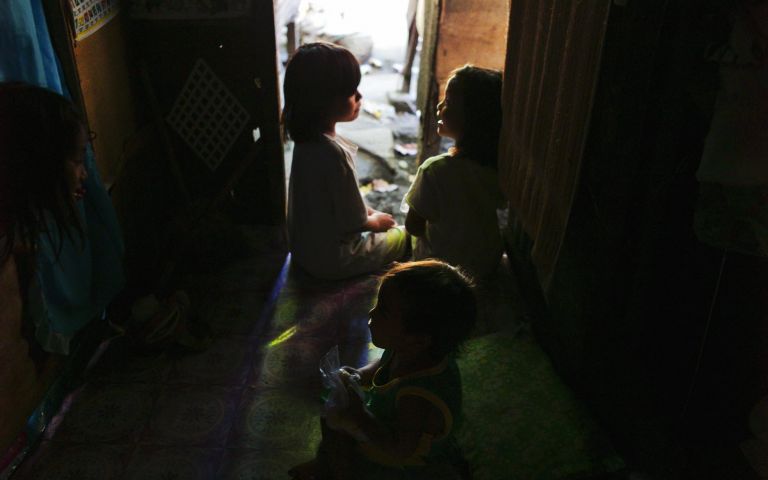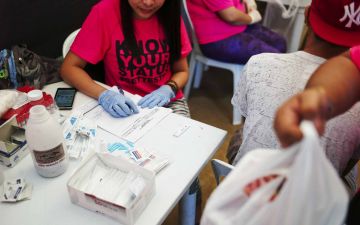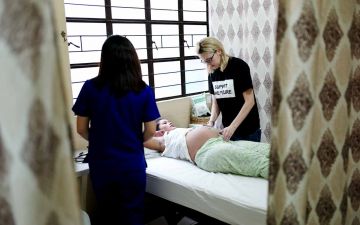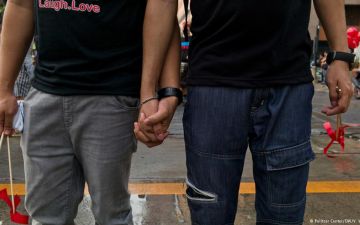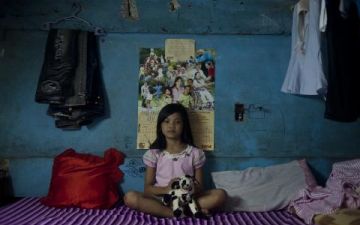The number of reported HIV cases in the Philippines has increased by more than 277 percent over the last five years. According to official statistics, 84 percent of the 27,138 HIV cases in the Philippines were reported between 2010 and 2015. More than 80 percent of recorded HIV infections are concentrated among Men Who Have Sex with Men (MSM), with 28 percent of infections clustering in the 15-24 age group.
For years, the Philippine government described the rate of HIV infection as “low and slow” and the country is still classified as "low-prevalence" with less than 0.1% of the adult population being infected.
But earlier this year, the Philippine Department of Health identified six cities with a concentrated HIV epidemic. Without immediate, targeted intervention, the department predicts HIV rates in these cities will reach “uncontrollable” levels within two years.
An aggressive public health campaign anchored in the basics of HIV prevention—condom use, sex education and accessible testing—is urgently needed to turn the tide. But in a devoutly Catholic country, these efforts are viewed as promoting promiscuity and are routinely stalled or blocked. Grantees Ana Santos and Veejay Villafranca examine how a public health issue is made into a moral one, with stigma and shame inevitably contributing to the rise of this epidemic.
The Pulitzer Center's reporting on HIV/AIDS is supported by the M∙A∙C AIDS Fund (M·A·F) and other generous donors.
